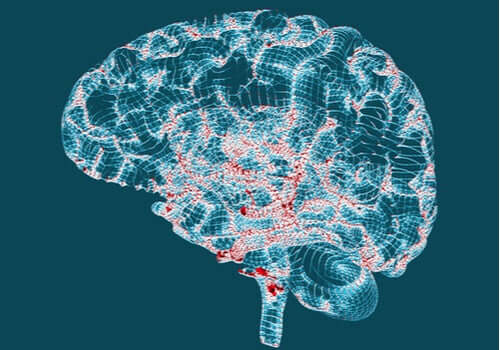Huntington’s disease (HD) or Huntington’s disease was first described in 1872 by George Huntington, who called it hereditary chorea.
The term Korea derives from the Greek word “choreia dance” and has been used to highlight the contortions, grimaces and uncontrolled movements that patients often experience. That’s why this disease is also known as the “Dance of Saint-Guy”. the evil of Saint-Guy’.
- Today.
- It’s called Huntington’s disease.
- Because experienced disorders go beyond motor problems and are part of subcortical-onset dementias.
The prevalence of this disease is 5 to 10 people per 100,000 inhabitants, the age of onset is wide, between 10 and 60 years, although it is normal to appear in middle age, between 35 and 50 years, there are two forms of onset:
With the onset of the first symptoms, the deterioration is gradual, which means that the patient’s life expectancy is between 10 and 20 years.
The genetic alteration caused by Huntington’s disease is found in the short arm of chromosome 4, and this mutation causes a number of changes in the structure of the striatum and cerebral cortex.
As the disease progresses, a marked atrophy of the caulocked nuclei and bilateral putamen appears, accompanied by frontal and temporal lobe atrophy.
On the other hand, neurotransmission systems are also modified, there is a lower density of dopamine receptors and an abundant loss of neocortex related to glutamatergic.
The striatum is located in the anterior part of the brain and is the main route of access to information in the central gray nuclei, which participate in motor and non-motor functions, changes in these structures or the result of their degeneration are the causes of the symptomatic triad characteristic of HD.
These are the most well-known symptoms of this disease, begin with small tics and gradually increase the brittle movements that extend to the head, neck and limbs, causing significant limitations in the life of the person.
The gait becomes increasingly unstable and the patient may completely lose their mobility.
Speech is affected and, over time, communication becomes more difficult. It also increases the risk of suffocation when swallowing. Other present changes include stiffness, slowness, or inability to initiate voluntary movements, especially complex disorders, dystonia, and eye movements.
In the early years of the disease, the most characteristic cognitive deficits are found in memory and learning. The former are related to information retrieval issues and not consolidation issues. Recognition is preserved.
Spatial memory disturbances are common and long-term, although they do not show such severe gradual deterioration.
There is a change in the memory of the procedures, which makes patients forget how learned and automated behaviors are performed, care is also affected, with difficulty concentrating and maintaining concentration.
Other changes present are: verbal fluency, decreased cognitive processing speed, visuospatial changes and impaired executive functions.
They may appear several years before the first motor signs, in the pre-diagnosis phases personality changes, irritability, anxiety and disinhibition are very common.
Between 35 and 75% of diagnosed patients have mental disorders, some of them would be: depression, irritability, restlessness and anxiety, apathy and lack of initiative, emotional changes, aggressiveness, hallucinations, insomnia and suicidal thoughts.
Currently, there is no treatment that stops or reverses the course of Huntington’s disease, interventions focus on symptomatic treatment and compensation for motor, cognitive, emotional and behavioral disorders.
The objective is to maximize the functional capacity of the patient and thus improve the quality of life of the patient.
Motor symptoms are treated with medication and physical therapy. Behavioral and emotional changes are controlled by combining pharmacology and neuropsychological rehabilitation.
Genetic counseling is an excellent tool in the treatment of this disease, as it offers a presymptomatic diagnosis in people at risk of HD from the presence of an affected family member.
Therefore, it is possible to start treatment early and prepare the person emotionally for the disease.

